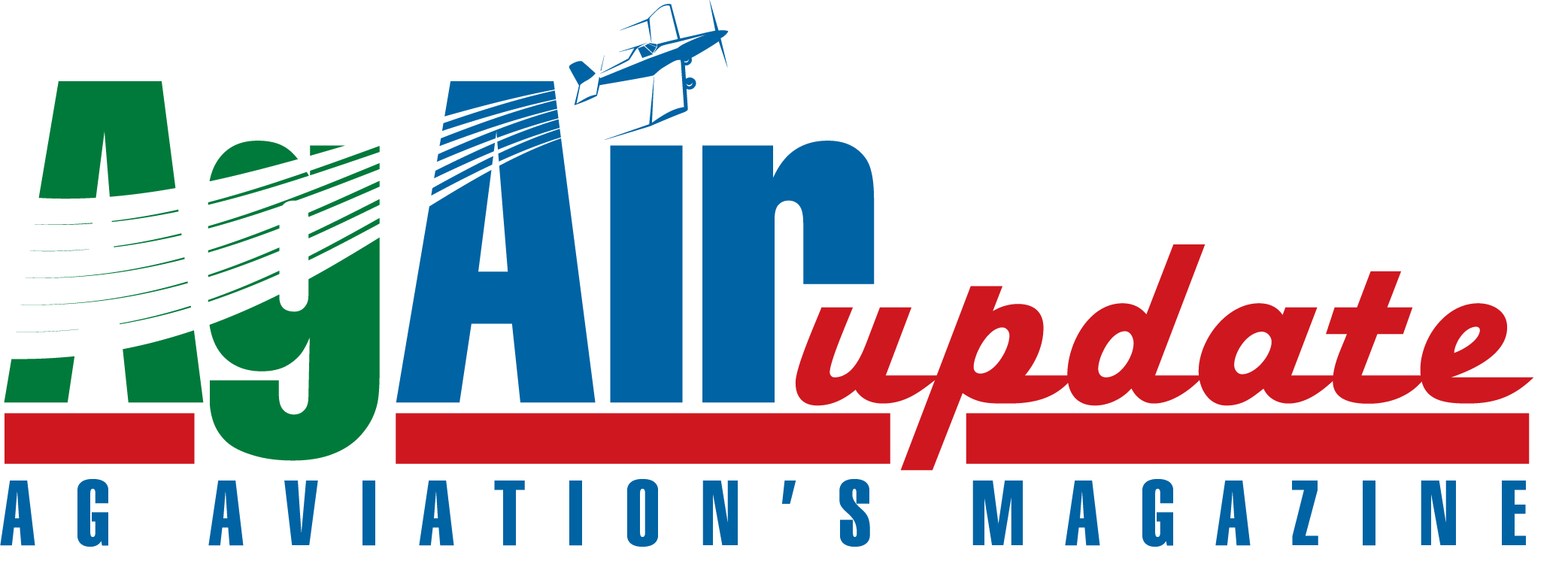NZ Agricultural Aviation Activity and Safety Update
CHART
Around 9,000 fewer agricultural flying hours have been reported for the first half of 2016 compared to 2015 in New Zealand. While some statistics returns are still to be submitted, it’s clear that there has been a significant reduction in activity in the sector for 2016 to date. The reduced activity is also evident in the reported agricultural statistics. Helicopter operators have reported 11,900 fewer tonnes for the first half of 2016 than 2015; fixed wing operators have reported 81,700 fewer tonnes.
DHART
Safety Performance
The agricultural aviation accident rate continues its overall downward trend in 2016 for both fixed wing and helicopter operations. The 12-month accidents/100,000 hours figure for fixed wing aircraft sits at 2.16 and 6.59 for helicopters (as at June 2016):
CHART
The 3-yearly accidents/100,000 hours figure for fixed wing aircraft is currently 9.34 and 6.35 for helicopters:
There have been three accidents and four incidents reported in the agricultural aviation sector in 2016 to date.
PHOTO
Elevator Torque Tueb P/N 242646 (Item 14) – Fractured area.
We know agricultural aviation pilots are exposed to more risks than pilots in other sectors. Ag pilots do more takeoffs and landings on air strips of variable quality, operate at very low altitudes amongst many physical hazards, in changing weather conditions. The work is repetitive, fatiguing and demands a huge amount of the pilot’s attention. When we talk about staying safe and performing well in this type of environment, the experience of the pilot is frequently identified as one of the most important factors.
In his book ‘The Killing Zone’ pilot Paul Craig describes experienced pilots as those who have survived their own ignorance. He writes: “I survived my own ignorance, but others were not so fortunate. Some pilots along the way did not learn from their mistakes, but unfortunately were killed by their mistakes.”
CHART
Since 2000 in New Zealand, there have been 208 agricultural aviation accidents including 21 fatalities. 128 of these occurred in fixed wing aircraft; 80 in helicopters. Was inexperience a factor? Not as often as you might think. In an analysis of fixed wing agricultural accidents, the results were surprising. In 52% of the accidents, the pilot had over 10,000 hours total time. More inexperienced pilots, those with fewer than 2000 hours, accounted for 16% of the accidents.
For helicopters, the picture is a little different. There, 17% of the accidents involved 10,000+ hour pilots while 35% involved pilots with less than 2000 hours. These are surprising results considering what is known about experience and expertise. The ‘10,000-hour rule’ refers to the finding by some researchers that on average, 10,000 hours of practice at something makes an individual an expert, or master, of it. In other words, 10,000 hours of being exposed to a long list of situations and scenarios and learning how to deal with them is what makes someone an expert. According to this theory, it’s the 10,000+ hour pilots that should be the least likely to have accidents. Those 10,000 hours of building expertise should ensure they are the best at managing the hazards listed earlier. So what is going on? Is experience not all that it’s cracked up to be?
To investigate, we can use the fixed wing accident data. The first step taken was to develop accident categories, as they apply to agricultural flying in New Zealand. This was based on the accident categories developed by the Commercial Aviation Safety Team. We came up with six accident categories with 33 subcategories.
The categories and their definitions are:
Abnormal Runway Contact
Abnormal contact with the airstrip surface; includes hard landings, overshoots and undershoots, other runway excursions, off-centre landings and ground loops.
Collision – Terrain/Obstacle/Object
Accidents involving collision with terrain or other obstacles including wires, trees, fences, etc. while in flight. The aircraft must be under the control of the pilot at the time of the collision.
Fuel
Accidents involving fuel starvation, exhaustion and contamination.
Ground Handling and Ground Collision
Accidents occurring on the airstrip including those that happen during loading. Collisions with vehicles, animals, etc. on takeoff and landing.
Loss of Control
Accidents initiated by the pilot’s loss/partial loss of control over the aircraft. Stalls are included, weight and balance issues and environmental conditions such as density altitude and windshear.
System/Component Failure or Malfunction
Accidents due to the failure of the aircraft’s various mechanical/electrical/flight control/airframe components and systems. The failure of the component or system must be the initial point in the accident sequence.
CHART
Figure 6: Proportion of fixed wing agricultural accidents by cate
Accident Category Total Accidents
Loss of control 34/26%
Abnormal runway contact 28/21%
Ground handling/ground collision 25/19%
System/component failure 24/18%
Collision – terrain/obstacle 14/5%
Accident Category 10,000+ hours <10,000 hours Loss of control 31% 19% Abnormal runway contact 18% 30% Ground handling/ground collision 19% 18% System/component failure 21% 11% Collision - terrain/obstacle 8% 16% For the 10,000+ hour pilots, the main accident categories were loss of control and system/component failures. That supports the idea that experience actually does protect against accidents - mechanical failures are generally not the fault of the pilot and are not related to their level of experience. Nearly a third of their accidents, however, involved loss of control. In contrast, the less experienced group, the less than 10,000-hour pilots had abnormal runway contact as the largest proportion of accidents. Interestingly, they had around half the percentage of accidents involving system/component failure than the more experienced group, so a higher proportion involved aircraft handling and other human factors. Evidently, more experienced pilots have fewer human operator-related accidents than less experienced pilots, but the difference is slight at 10%. These New Zealand agricultural aviation accident statistics are similar to those of the USA. In a 2014 NTSB report: “The top three defining events (for accidents) were in-flight collision with an obstacle, loss of aircraft control and system or component failure... because it is consistently one of the most common (and often fatal) accident types, obstacle collision remains a top industry concern.” Loss of Control Accidents If this is the largest accident category for very experienced pilots, then what are the causal factors behind it? A loss of control accident means the pilot partially or fully loses control of the aircraft and collides with the ground or some other obstacle. Control can be lost for a number of reasons, including stalls, encounters with severe windshear, or weight and balance problems. In fixed wing agricultural operations, the vast majority (76%) occur on takeoff.
*_photo_1_*





